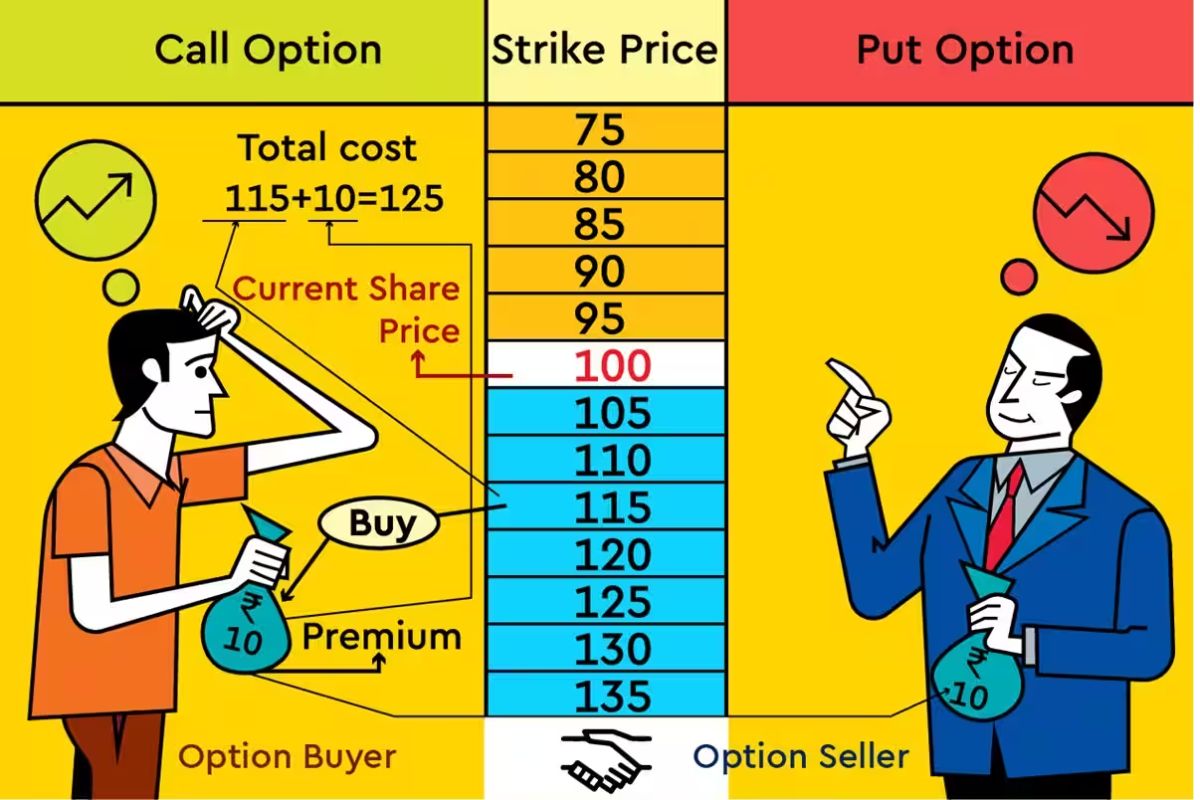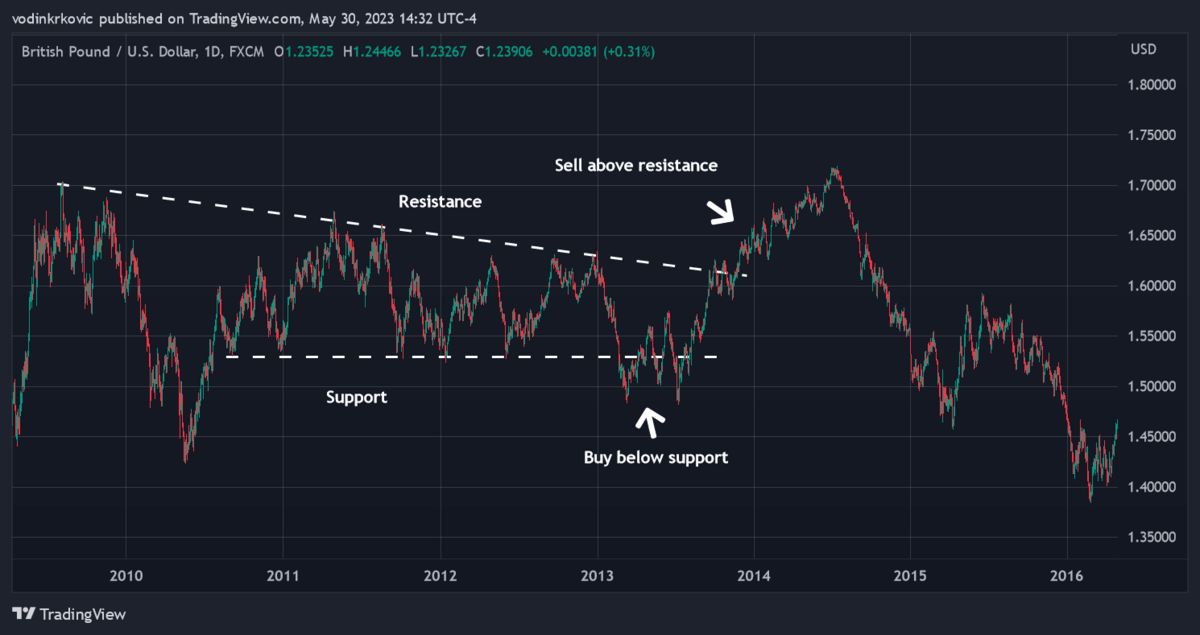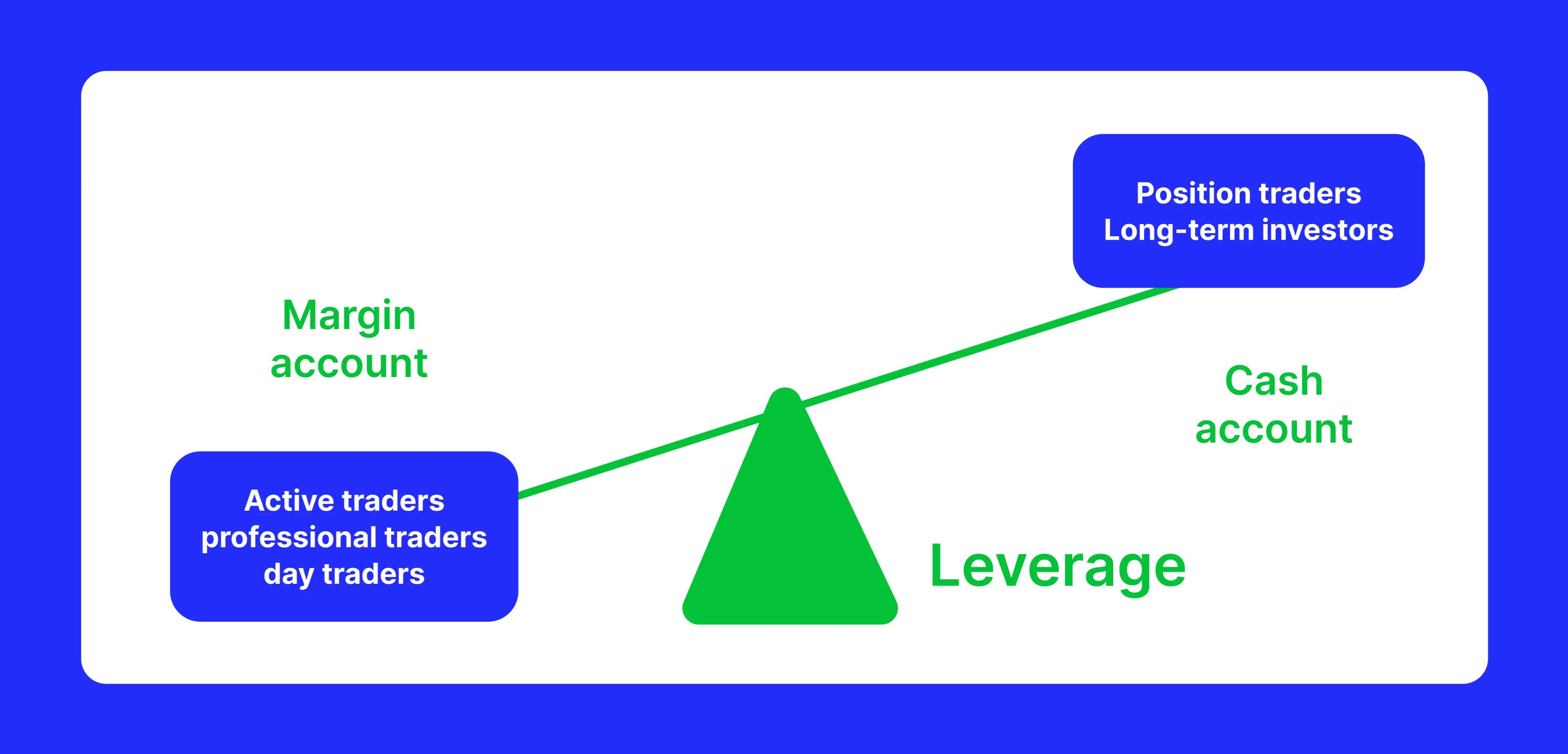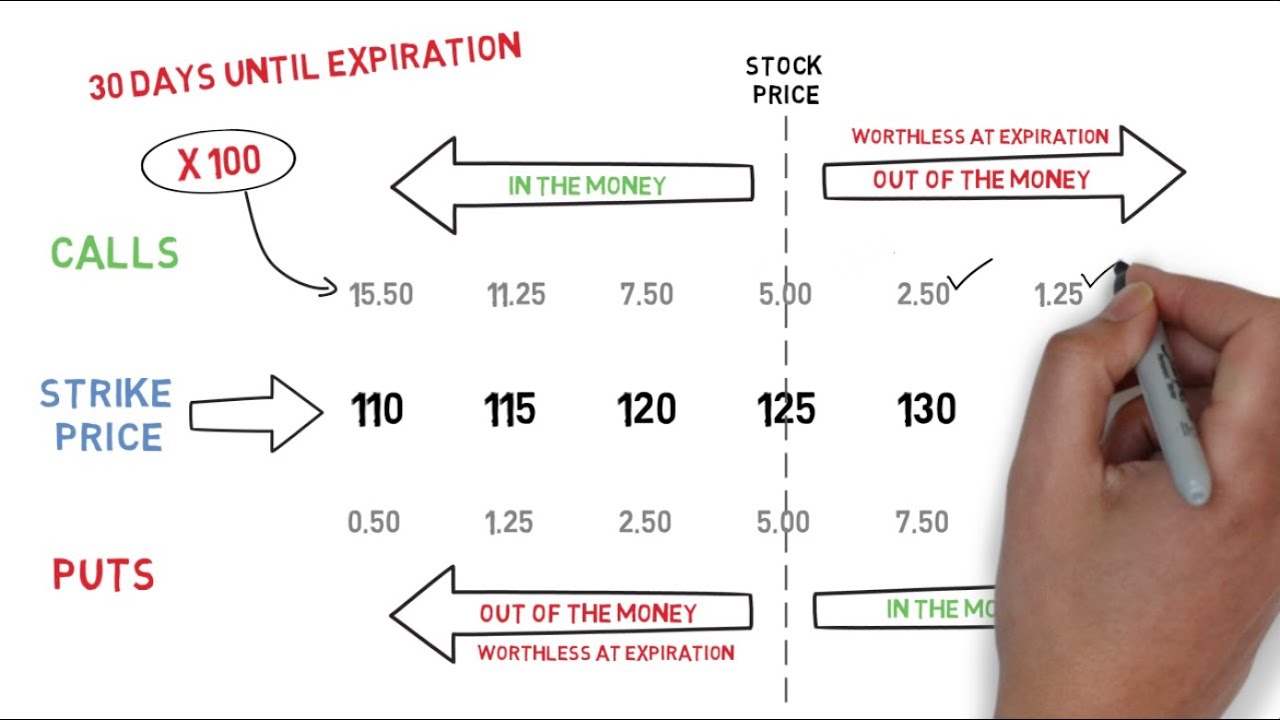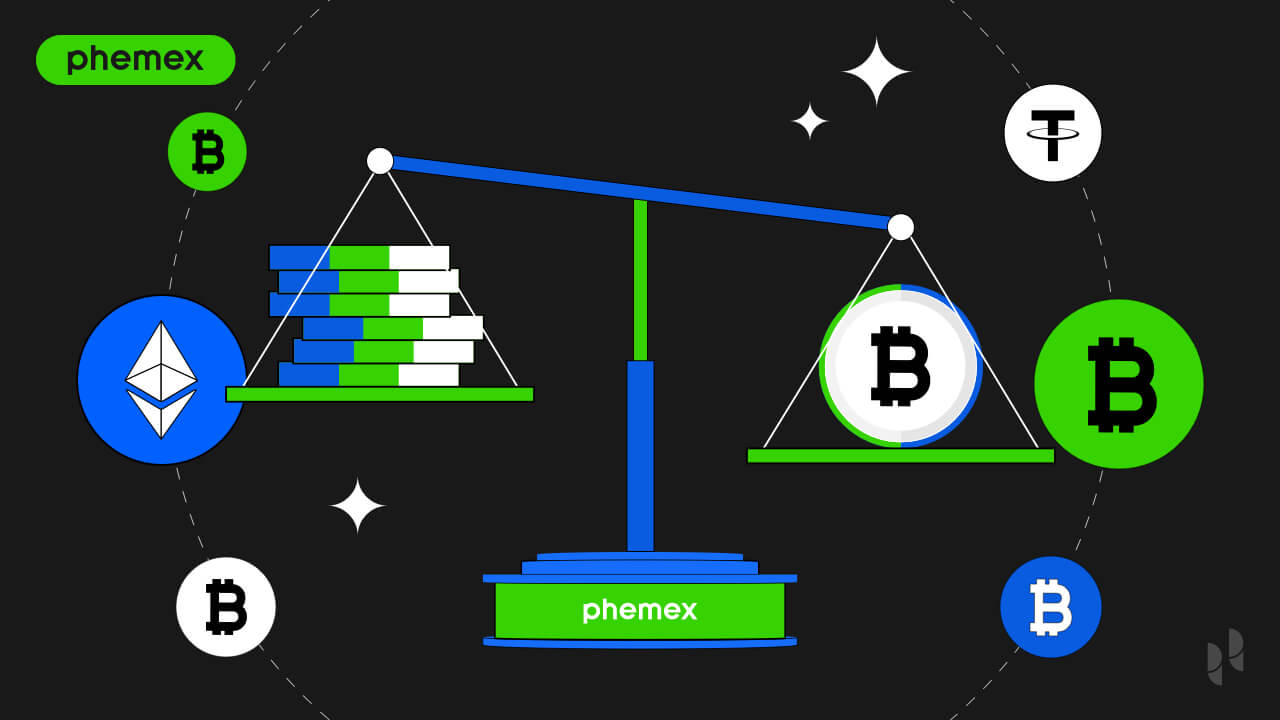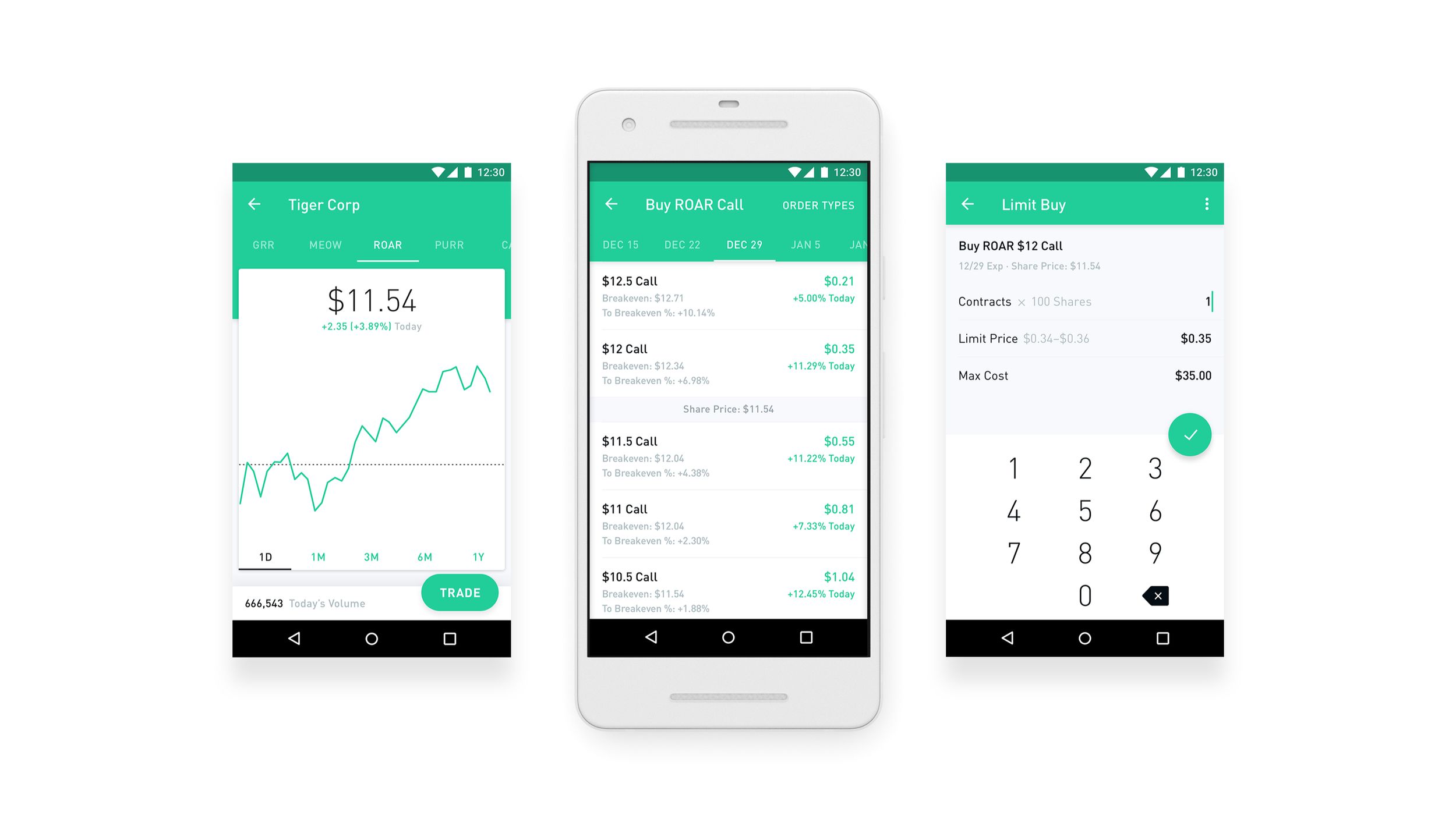Introduction
Welcome to the world of options trading! If you’re unfamiliar with the concept, options can seem complex and intimidating at first. However, once you understand the basics, they can be a powerful tool for gaining exposure to the financial markets and potentially earning profits.
One type of option that is commonly traded is a “call option.” In this article, we’ll explore what exactly a call option is, how it works, and some of the benefits and risks involved.
A call option gives the holder the right, but not the obligation, to buy a specific asset, such as stocks, commodities, or even cryptocurrencies, at a predetermined price within a certain timeframe. This predetermined price is known as the “strike price,” while the specified timeframe is called the “expiration date.”
Call options are typically used by investors who believe that the price of the underlying asset will rise in the future. By purchasing a call option, they can potentially profit from the price appreciation without having to own the actual asset.
Options trading can be a profitable venture, as it offers flexibility and leverage. However, it’s crucial to understand the risks involved before diving in. The value of options can be influenced by various factors, including the price of the underlying asset, market volatility, and time decay. As a result, the price of a call option can change rapidly, making it both a lucrative and unpredictable investment vehicle.
When trading call options, investors must carefully consider several factors such as the strike price and expiration date. These choices can significantly impact the profitability of the investment. Additionally, understanding the variables that affect the price of call options is essential for making informed trading decisions.
In the following sections of this article, we will delve deeper into how call options work, their benefits and risks, and the factors that influence their price. We will also explore various strategies that traders can employ to maximize their success in options trading.
So, whether you’re a beginner exploring the world of options or an experienced trader looking to enhance your knowledge, read on to gain a deeper understanding of call options and how they can fit into your investment strategy.
Definition of a Call Option
Before diving into the details of how call options work, let’s start with a clear definition. A call option is a type of financial contract that grants the holder the right, but not the obligation, to buy a specific asset at a predetermined price, known as the strike price, within a specified period of time, called the expiration date.
When an investor purchases a call option, they are essentially betting that the price of the underlying asset will rise above the strike price before the expiration date. If the price of the asset does indeed increase, the call option can be exercised, allowing the holder to buy the asset at the predetermined price, regardless of its current market value.
It’s important to note that the holder of a call option has the right to buy the asset but is not obligated to do so. If the price of the asset is below the strike price at expiration, the call option will expire worthless, and the holder will have no further obligations.
Call options are typically bought and sold on organized exchanges, such as the Chicago Board Options Exchange (CBOE). Each call option contract represents a specific number of shares of the underlying asset, usually 100 shares. So when an investor buys a call option contract, they have the right to buy 100 shares of the underlying asset at the strike price.
It’s also worth mentioning the role of the option seller, also known as the option writer. The option writer is the party who sells the call option to the buyer. In exchange for selling the call option, the writer receives a premium, which is the price the buyer pays for the option contract.
The seller of a call option is obligated to sell the underlying asset if the option is exercised by the buyer. This means that if the price of the asset rises above the strike price, the option writer will have to deliver the asset to the buyer at the predetermined price.
Now that we have a clear understanding of what a call option is, let’s explore how they work and the potential benefits and risks that come with trading call options.
How Does a Call Option Work?
Now that we understand the definition of a call option, let’s delve into how it works in practice. To illustrate, let’s consider an example:
Suppose you expect the price of a particular stock, ABC Corp., to increase in the coming months. ABC Corp. is currently trading at $50 per share, but you believe it will rise to $60 within the next three months. To capitalize on this anticipated price increase, you decide to purchase a call option on ABC Corp. with a strike price of $55 and an expiration date in three months.
By purchasing this call option, you gain the right to buy 100 shares of ABC Corp. at $55 per share within the next three months, regardless of the stock’s actual market price at that time.
Now, let’s explore two possible scenarios:
Scenario 1: The price of ABC Corp. rises to $65 per share within the next three months. In this case, your call option has become valuable since you have the right to buy the stock at $55 per share, which is $10 below the current market price. You can exercise your call option, buy 100 shares at $55 per share, and immediately sell them at the market price of $65 per share, earning a profit of $10 per share.
Scenario 2: The price of ABC Corp. remains below $55 per share or even decreases within the next three months. In this situation, your call option would expire worthless since there is no benefit in buying the stock at $55 per share when it’s cheaper on the open market. In this case, your maximum loss would be limited to the premium you paid to buy the call option.
It’s important to note that call options provide a leveraged opportunity for investors. With a relatively small investment, you can control a larger amount of the underlying asset. In our example, by buying one call option, you had the potential to control 100 shares of ABC Corp. This leverage amplifies both the potential gains and losses.
Call options can be bought and sold throughout the life of the contract. If the price of the underlying asset moves favorably, and you want to realize your gains before the expiration date, you can sell your call option in the market and take home the profit. Alternatively, if the price isn’t moving as expected, you have the flexibility to hold onto the option until expiration or sell it at a loss.
As with any investment, it’s essential to thoroughly understand the risks before engaging in options trading. In the next sections, we will explore the benefits and risks associated with call options to help you make informed decisions and develop successful options trading strategies.
Benefits of Call Options
Call options offer several advantages to investors and traders. Let’s explore some of the key benefits:
1. Leverage: Call options provide a leveraged opportunity, allowing investors to control a larger position in the underlying asset with a smaller investment. This means that even a small price movement in the underlying asset can result in substantial profits.
2. Limited Risk: The maximum risk when buying a call option is limited to the premium paid for the option. This capped risk allows investors to participate in the price appreciation of the underlying asset without the unlimited downside risk associated with owning the actual asset.
3. Profit Potential: Call options offer the potential for significant profits if the price of the underlying asset rises above the strike price before the expiration date. Investors can capture the difference between the market price and the strike price, known as the “in-the-money” value, by exercising their call option or by selling the option at a higher price.
4. Hedging: Call options can be used as a hedging strategy to protect existing positions in the market. For example, if an investor owns a stock and anticipates a short-term decline in its value, they can purchase a call option to mitigate potential losses. If the stock price does decrease, the loss on the stock position is offset by the gain on the call option.
5. Flexibility: Call options provide flexibility for investors. They can be bought and sold at any time during the life of the contract, allowing investors to adjust their positions based on market conditions and their outlook on the underlying asset.
6. Diverse Investment Opportunities: Call options are available on a wide range of underlying assets, including stocks, commodities, indices, and currencies. This allows investors to access different markets and sectors, diversifying their investment portfolios.
It’s important to note that while call options offer potential benefits, they also carry risks. The next section will explore the risks associated with trading call options to ensure a comprehensive understanding of the options market.
Risks of Call Options
While call options can offer attractive benefits, it’s essential to be aware of the risks involved. Here are some of the key risks associated with trading call options:
1. Limited Timeframe: Call options have expiration dates, which means that investors have a limited time to see their predictions come true. If the price of the underlying asset fails to move in the desired direction before the expiration date, the option may expire worthless, resulting in a loss of the premium paid.
2. Price Movements: Call options rely on the price of the underlying asset moving in the anticipated direction. If the price remains stagnant or decreases, the value of the call option can diminish, resulting in a loss for the investor.
3. Time Decay: Call options are influenced by time decay, or the erosion of their value as the expiration date approaches. The closer it gets to expiration, the faster the decline in the option’s value, especially if the underlying asset’s price remains unchanged.
4. Volatility: Call options can be affected by changes in market volatility. Higher volatility generally leads to increased option premiums, but it can also introduce greater uncertainty and risk. Sudden and significant price fluctuations can impact the profitability of call options.
5. Leverage Amplification: While leverage can enhance potential profits, it also amplifies losses. If the price of the underlying asset moves against the investor’s prediction, losses can exceed the initial premium paid for the call option.
6. Liquidity Risks: Not all call options may have sufficient trading volume, leading to challenges in buying or selling options at desired prices. Illiquid options can result in wider bid-ask spreads, reducing potential profits or increasing losses.
Investors should thoroughly assess their risk tolerance and have a solid understanding of the underlying asset, market conditions, and options trading strategies to effectively manage the risks associated with call options. It’s crucial to carefully consider these risks and conduct proper research before engaging in options trading.
Understanding the potential risks and rewards of call options is essential for making informed decisions. In the next sections, we will explore how to choose the right strike price and expiration date, the factors influencing the price of call options, and strategies for maximizing potential profits in options trading.
Choosing Strike Price and Expiration Date
When trading call options, selecting the right strike price and expiration date is crucial. These choices can significantly impact the profitability of your options trades. Let’s explore how to make informed decisions in choosing the strike price and expiration date:
1. Strike Price: The strike price is the price at which the underlying asset can be purchased if the option is exercised. When selecting a strike price, there are a few factors to consider:
- Current Market Price: Compare the strike price with the current market price of the underlying asset. Choose a strike price that provides a reasonable chance for the asset’s price to reach or exceed.
- Volatility: Consider the historical volatility of the underlying asset. Higher volatility may warrant choosing a strike price further away from the current market price to account for potential price fluctuations.
- Risk Tolerance: Evaluate your risk tolerance and investment objectives. A higher strike price offers a lower initial cost but carries a higher risk of the option expiring worthless. A lower strike price might have a higher initial cost but can provide more protection and a higher chance of the option being profitable.
2. Expiration Date: The expiration date is the date at which the option contract becomes void. When determining the expiration date, consider the following:
- Time Horizon: Analyze your time horizon for the trade. If you expect the price of the underlying asset to move within a short period, choose an expiration date that aligns with your anticipated timeframe. Longer-term trades may require selecting a later expiration date.
- Market Conditions: Evaluate the current market conditions and any upcoming events or news that may impact the underlying asset. Adjust the expiration date accordingly to allow enough time for your prediction to come to fruition.
- Time Value Decay: Take into account time value decay, which accelerates as the expiration date approaches. If you are engaging in short-term trades, it may be beneficial to choose expiration dates close to the current date to minimize the impact of time decay.
It’s essential to strike a balance between choosing strike price and expiration date. A strike price that is too far from the current market price or an expiration date that is too far in the future can diminish the odds of the option being profitable. Conversely, a strike price that is too close to the current market price or an expiration date that is too near can limit potential gains.
Ultimately, the choice of strike price and expiration date will depend on your trading strategy, risk tolerance, and market analysis. It’s important to stay informed about market trends and conduct thorough research before making these important decisions.
In the next sections, we will explore the factors that affect the price of call options and various strategies for effectively trading call options in different market conditions.
Factors Affecting the Price of a Call Option
Several factors influence the price of a call option. Understanding these factors is crucial in assessing the potential profitability of an options trade. Let’s explore the key factors that affect the price of a call option:
1. Underlying Asset Price: The price of the underlying asset is a fundamental driver of the value of a call option. As the price of the underlying asset increases, the value of the call option typically rises as well. A higher asset price increases the likelihood of the option being “in-the-money,” i.e., profitable upon exercise.
2. Strike Price: The difference between the strike price and the current market price of the underlying asset affects the value of a call option. Options with strike prices closer to the current market price are generally more expensive than those with strike prices further away. The proximity of the strike price to the current market price determines the option’s intrinsic value.
3. Time to Expiration: The time remaining until the option’s expiration date plays a significant role in determining its value. Time value, also known as extrinsic value, decreases as the option nears expiration. Call options with more time until expiration tend to have higher premiums, as there is more opportunity for the underlying asset price to move favorably.
4. Volatility: Volatility refers to the magnitude and frequency of price fluctuations of the underlying asset. Higher volatility increases the option’s potential for price swings and, thus, its value. Options on highly volatile assets generally have higher premiums to compensate for the increased uncertainty.
5. Interest Rates: Changes in interest rates can influence the price of a call option. Higher interest rates tend to lower the value of call options, while lower interest rates typically increase their value. This is due to the opportunity cost of holding the option versus investing the funds elsewhere.
6. Dividends: If the underlying asset pays dividends, it can affect the price of a call option. When a dividend is expected during the life of the option, the option’s premium may be reduced to reflect the fact that holders of the option will not receive the dividend.
It’s important to note that the interplay of these factors is complex, and their effects on option pricing can vary. Option pricing models, such as the Black-Scholes model, take into account these factors to estimate the fair value of an option. However, market conditions and other variables may lead to deviations from these model-based calculations.
By understanding the factors that impact the price of a call option, traders can make informed decisions when entering and exiting options positions. This knowledge can help in analyzing potential profits and risks associated with trading call options.
In the next sections, we will explore various strategies for trading call options, allowing you to take advantage of different market scenarios and maximize potential profits.
Strategies for Call Options
Trading call options involves implementing various strategies to maximize profitability in different market scenarios. Here are several common strategies that traders employ:
1. Long Call: This basic strategy involves buying call options with the expectation of the underlying asset’s price rising. By buying call options, traders can participate in the price appreciation of the underlying asset while limiting their risk to the premium paid. Long calls can be profitable if the asset price increases significantly, surpassing the breakeven point (strike price + premium paid).
2. Covered Call: A covered call strategy involves simultaneously owning the underlying asset and selling a call option on it. This strategy allows traders to generate income from the premium received by selling the call option while still benefiting from potential upside. If the underlying asset’s price remains below the strike price, the trader keeps the premium and retains ownership of the asset. If the price rises above the strike price, the trader may have to sell the asset but still profits from the premium.
3. Bull Call Spread: A bull call spread strategy involves buying a call option with a lower strike price and simultaneously selling a call option with a higher strike price. This strategy allows traders to profit from the upward movement of the underlying asset while limiting their potential losses. The lower strike call option helps offset the cost of buying the higher strike call option, reducing the overall investment required.
4. Long Call Butterfly: A long call butterfly strategy involves buying two call options with different strike prices but with the same expiration date. Additionally, two call options with a higher and lower strike price are sold. This strategy is used when traders anticipate little to no market movement. If the underlying asset’s price settles at the middle strike price at expiration, the trader can maximize profits. However, if the price moves too far away from the middle strike, losses can occur.
5. Protective Call: Also known as a married put, this strategy involves buying a put option as insurance against a potential decline in the underlying asset’s price. Simultaneously, a call option is sold to generate income and offset the cost of buying the put option. Protective calls can be useful for protecting long positions against downside risk while still allowing for potential upside.
These are just a few examples of the many strategies available to traders in the options market. Each strategy has its own risk-reward profile and is suited for different market conditions and investor objectives.
It’s important to conduct thorough research, analyze market trends, and consider risk management techniques when implementing options trading strategies. Additionally, monitoring and adjusting your strategies as market conditions change can help optimize results and mitigate potential losses.
Remember, options trading involves risks, and it’s advisable to gain a good understanding of the strategies you employ and the potential outcomes. Consulting with a financial advisor or options trading professional can provide valuable guidance in selecting and implementing the most suitable strategies for your investment goals.
Conclusion
Options trading, particularly call options, can be an exciting and potentially profitable venture for investors. Understanding the fundamentals and strategies of call options is essential to navigate the complexities of the options market. By leveraging call options, traders can participate in the price appreciation of underlying assets while limiting their risks.
In this article, we explored the definition of a call option and how it works. We discussed the benefits of call options, such as leverage, limited risk, and diverse investment opportunities. However, it’s crucial to acknowledge the risks involved, including limited timeframe, price movements, and time value decay.
We also discussed important considerations when choosing the strike price and expiration date of call options. These choices can significantly impact the success of options trades and require careful analysis of market conditions, risk tolerance, and time horizon.
Moreover, we explored the factors that affect the price of call options, such as the underlying asset price, strike price, time to expiration, volatility, interest rates, and dividends. Understanding these factors helps traders assess option pricing and make informed trading decisions.
Lastly, we discussed various strategies for trading call options, including long calls, covered calls, bull call spreads, long call butterflies, and protective calls. Each strategy has its own risks and rewards and can be tailored to different market scenarios and investment objectives.
It’s crucial to emphasize that options trading involves risks, and traders should exercise caution and conduct proper research. Developing a solid understanding of options trading and consulting with professionals can help traders navigate the market and make informed decisions.
With knowledge, practice, and risk management, call options can be a valuable tool for investors to enhance their trading strategies and potentially generate profits. As always, continuous learning and adapting to changing market conditions will be key to success in options trading.







